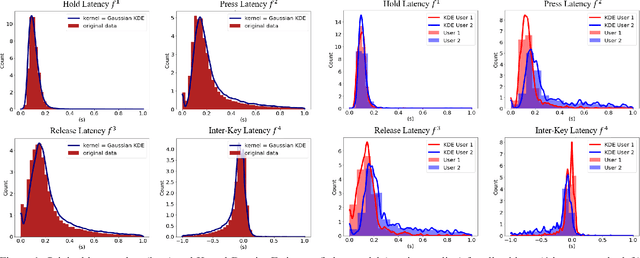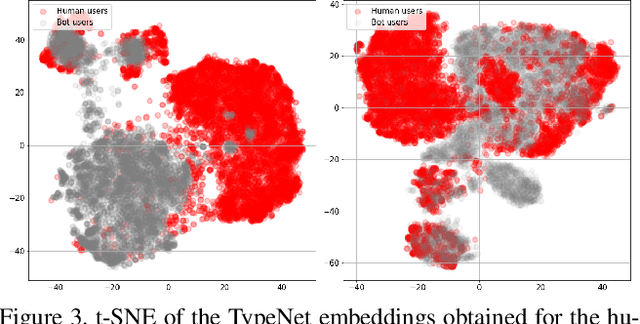Santiago Hernandez
OpenAI o1 System Card
Dec 21, 2024



Abstract:The o1 model series is trained with large-scale reinforcement learning to reason using chain of thought. These advanced reasoning capabilities provide new avenues for improving the safety and robustness of our models. In particular, our models can reason about our safety policies in context when responding to potentially unsafe prompts, through deliberative alignment. This leads to state-of-the-art performance on certain benchmarks for risks such as generating illicit advice, choosing stereotyped responses, and succumbing to known jailbreaks. Training models to incorporate a chain of thought before answering has the potential to unlock substantial benefits, while also increasing potential risks that stem from heightened intelligence. Our results underscore the need for building robust alignment methods, extensively stress-testing their efficacy, and maintaining meticulous risk management protocols. This report outlines the safety work carried out for the OpenAI o1 and OpenAI o1-mini models, including safety evaluations, external red teaming, and Preparedness Framework evaluations.
Statistical Keystroke Synthesis for Improved Bot Detection
Jul 28, 2022



Abstract:This work proposes two statistical approaches for the synthesis of keystroke biometric data based on Universal and User-dependent Models. Both approaches are validated on the bot detection task, using the keystroke synthetic data to better train the systems. Our experiments include a dataset with 136 million keystroke events from 168,000 subjects. We have analyzed the performance of the two synthesis approaches through qualitative and quantitative experiments. Different bot detectors are considered based on two supervised classifiers (Support Vector Machine and Long Short-Term Memory network) and a learning framework including human and generated samples. Our results prove that the proposed statistical approaches are able to generate realistic human-like synthetic keystroke samples. Also, the classification results suggest that in scenarios with large labeled data, these synthetic samples can be detected with high accuracy. However, in few-shot learning scenarios it represents an important challenge.
 Add to Chrome
Add to Chrome Add to Firefox
Add to Firefox Add to Edge
Add to Edge